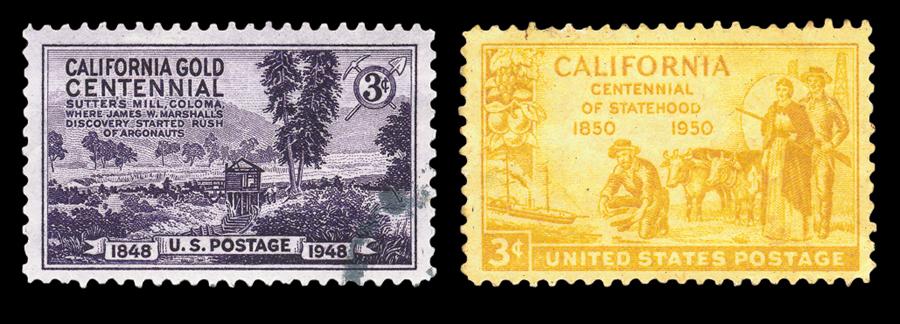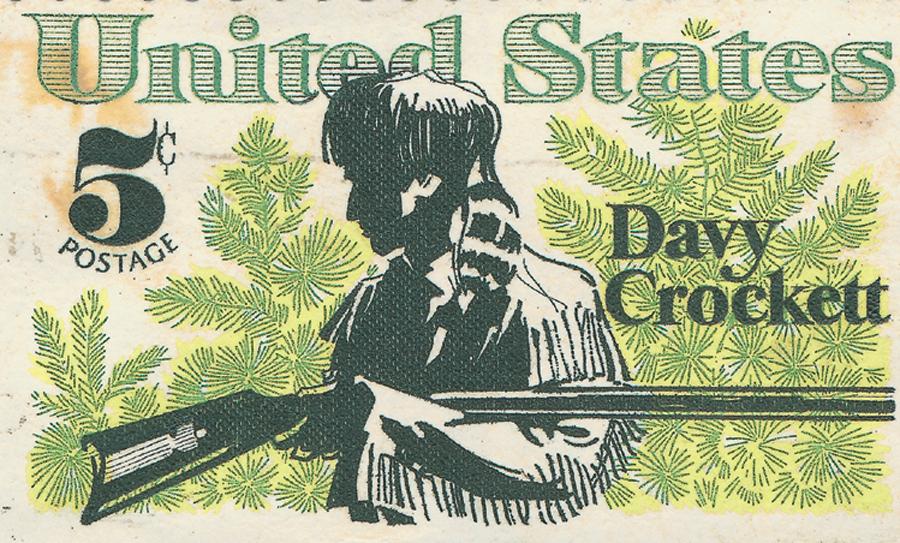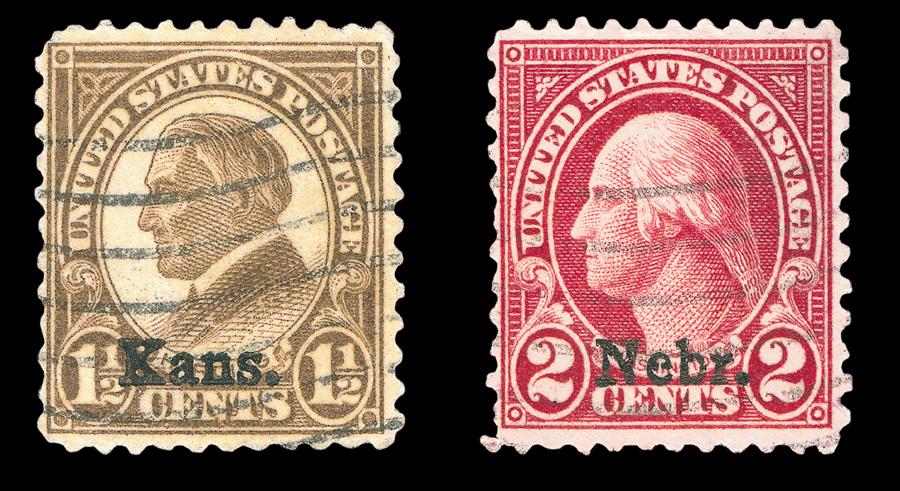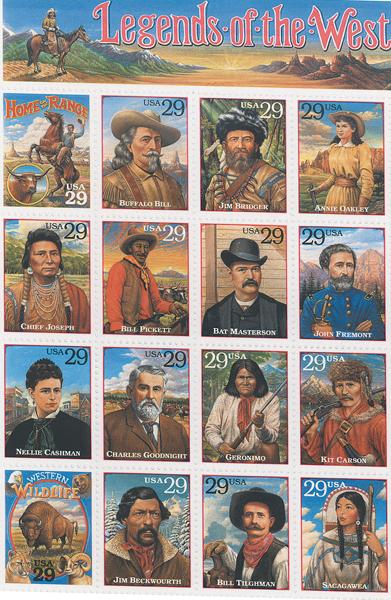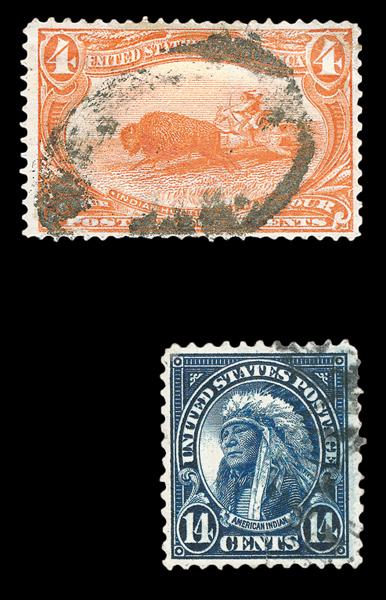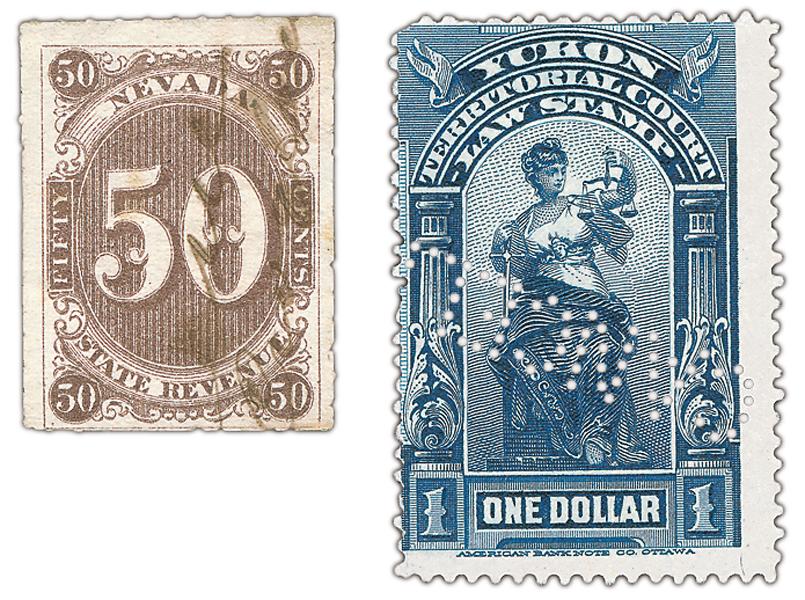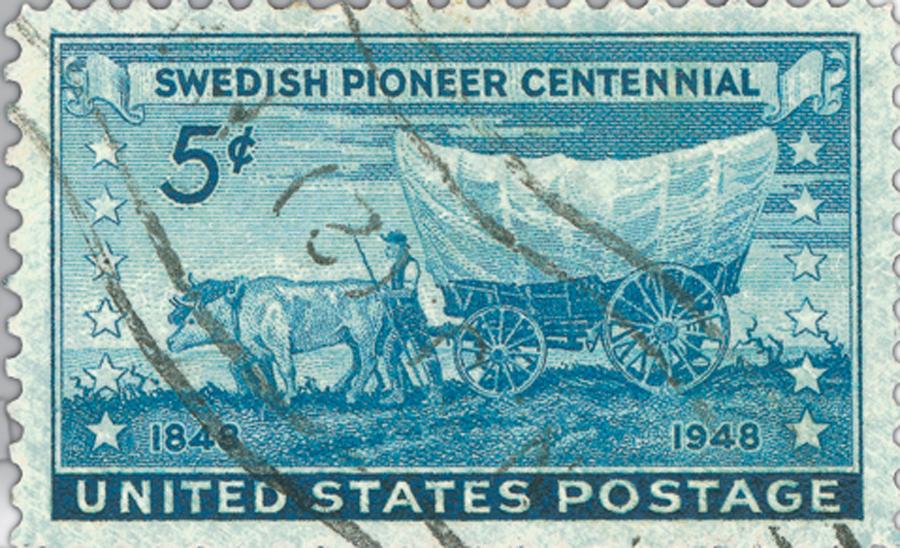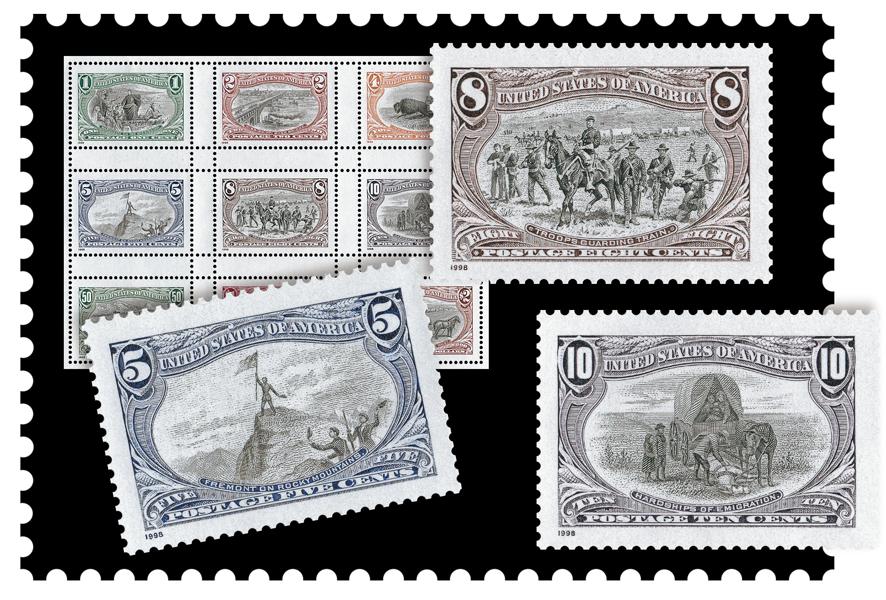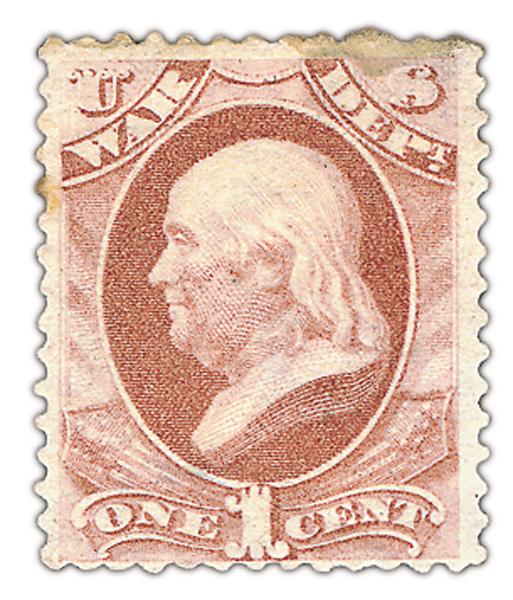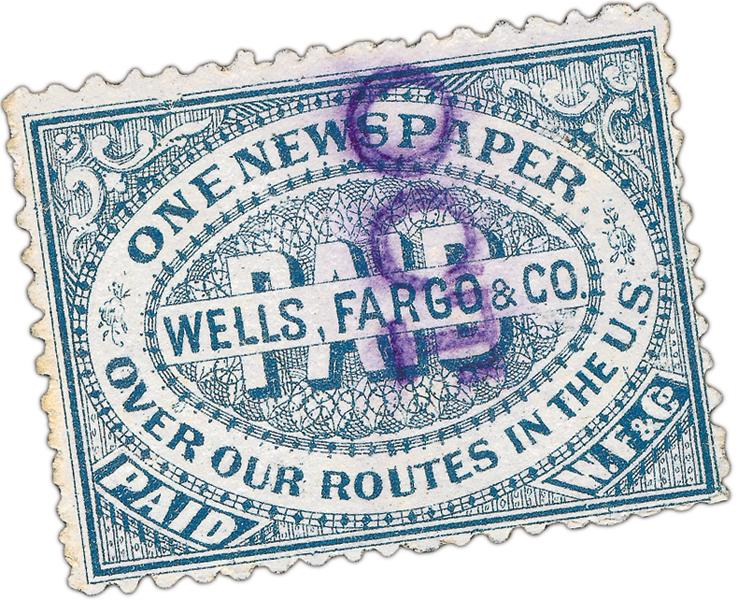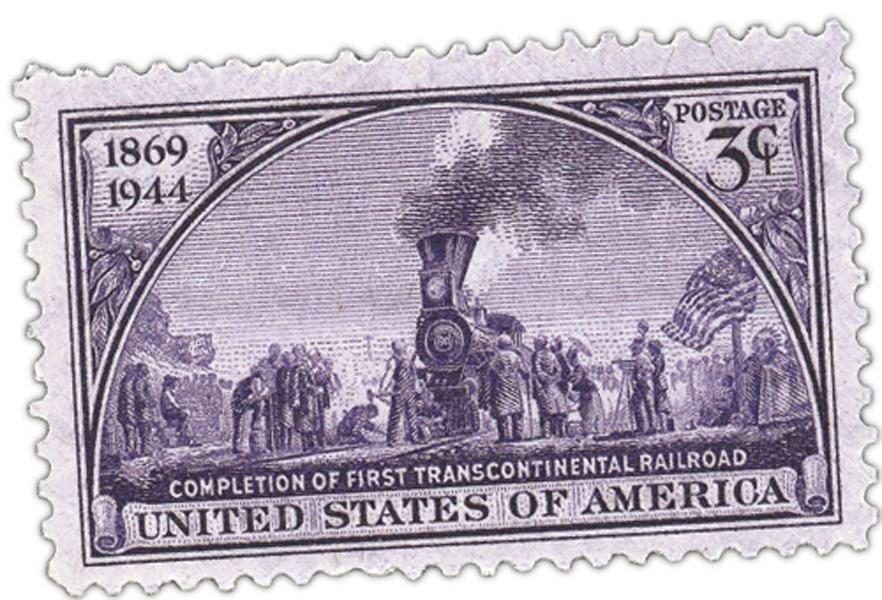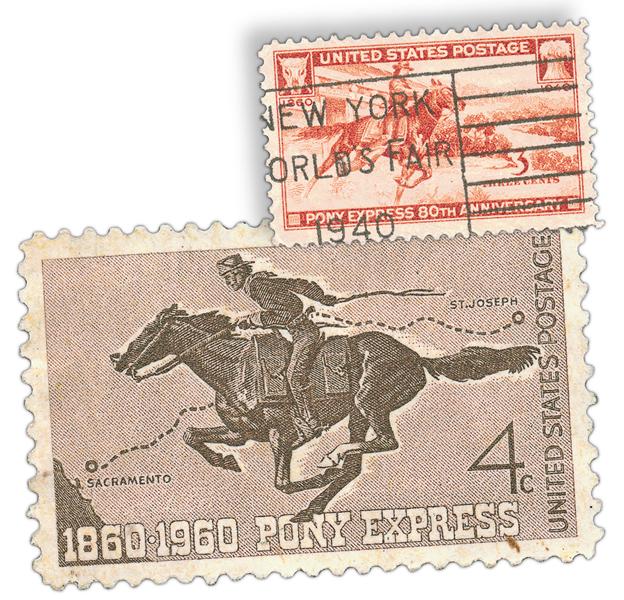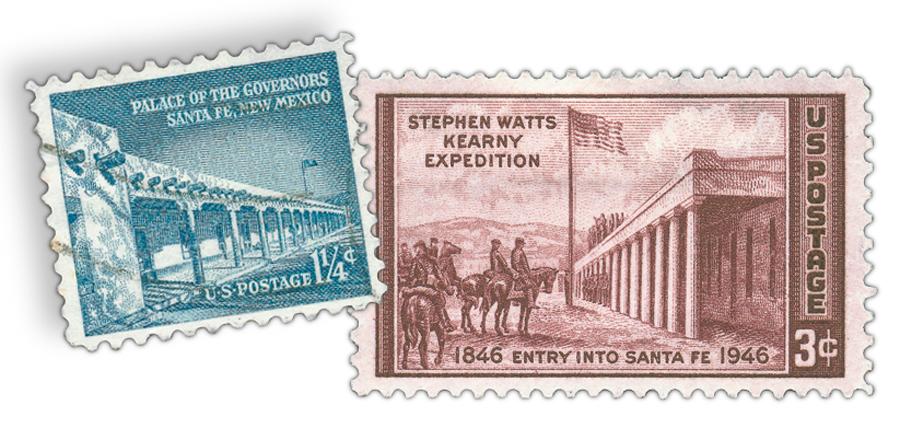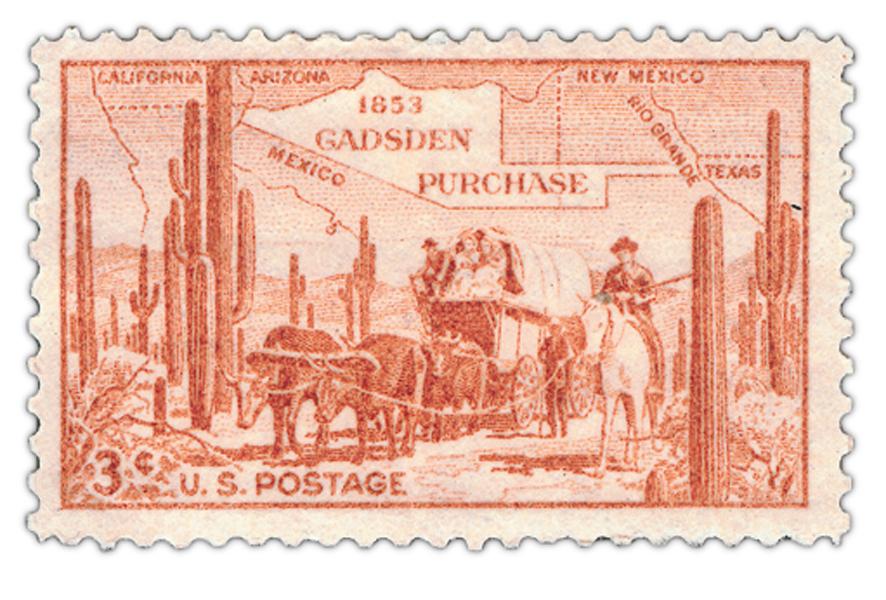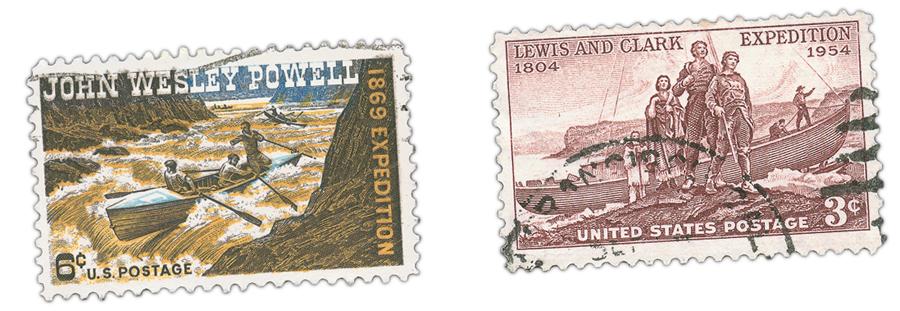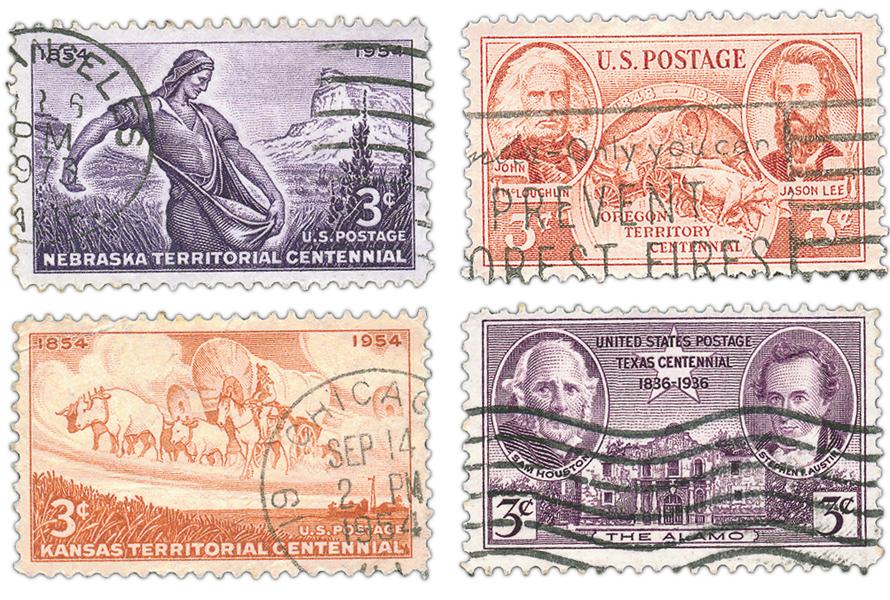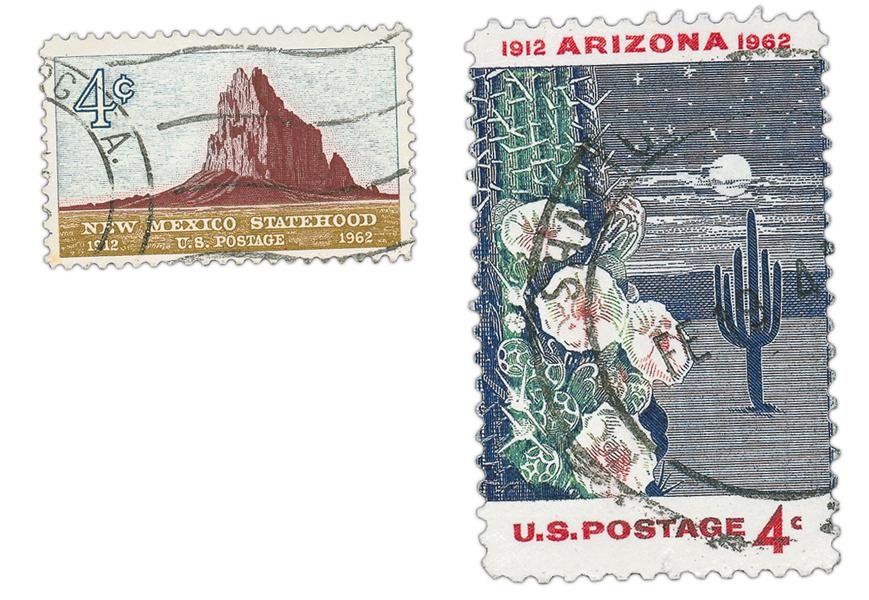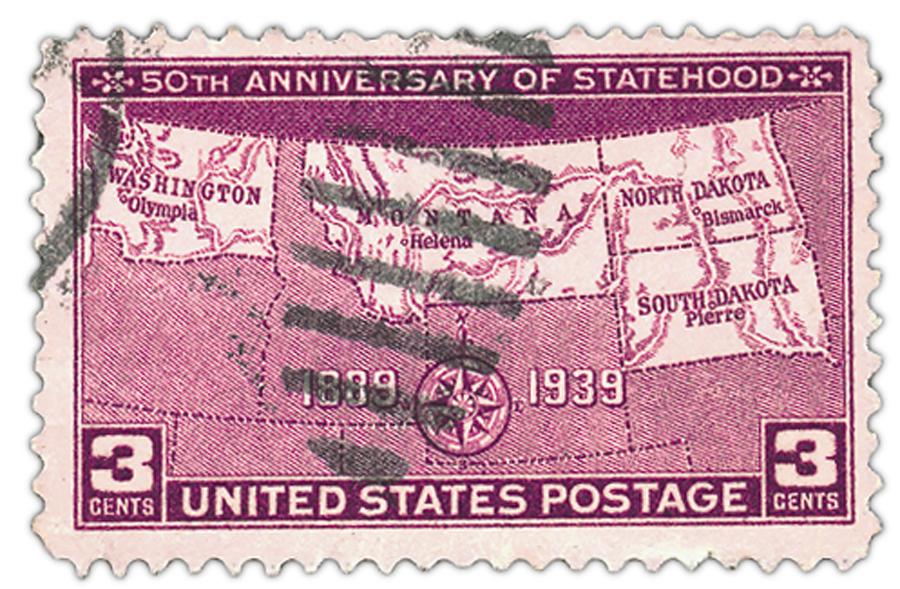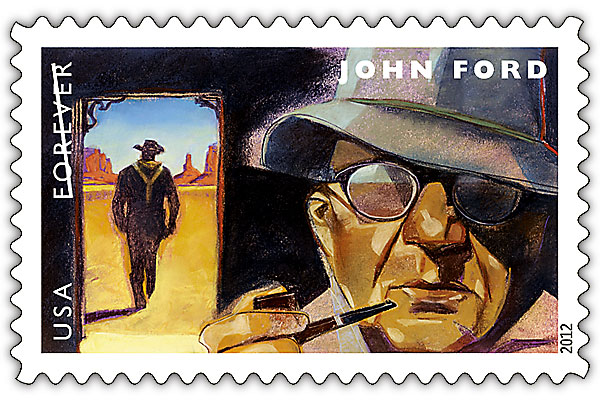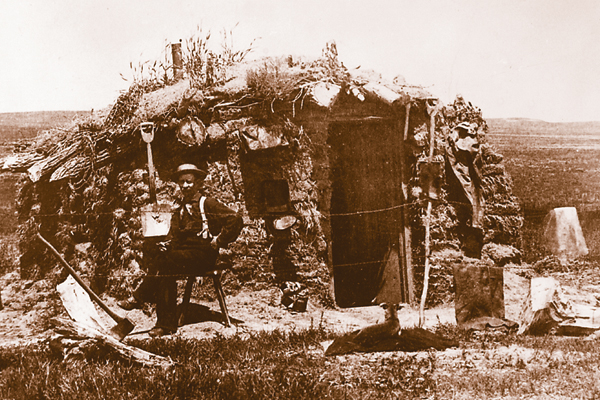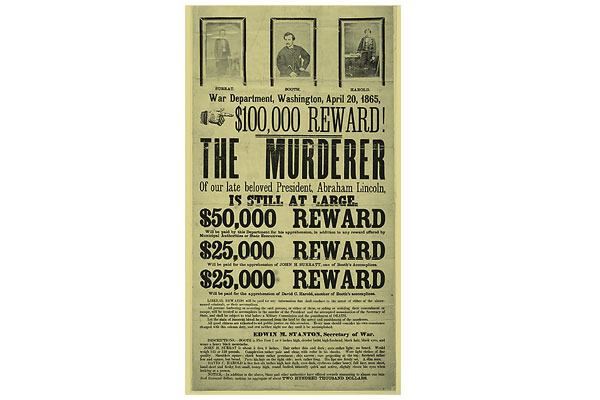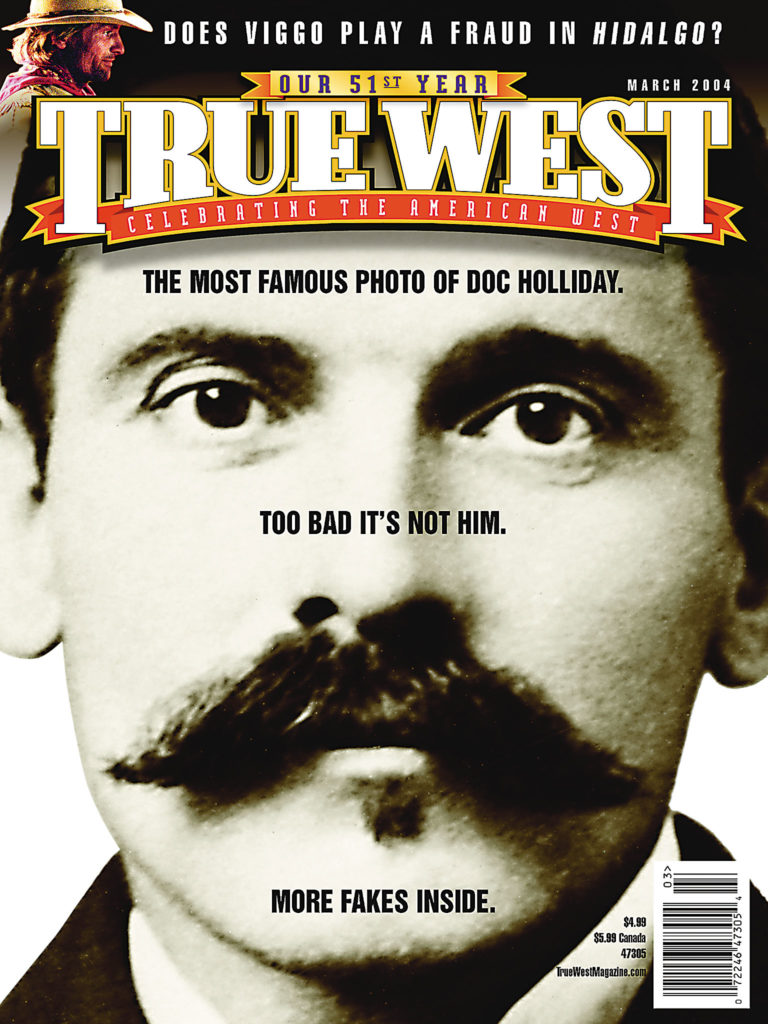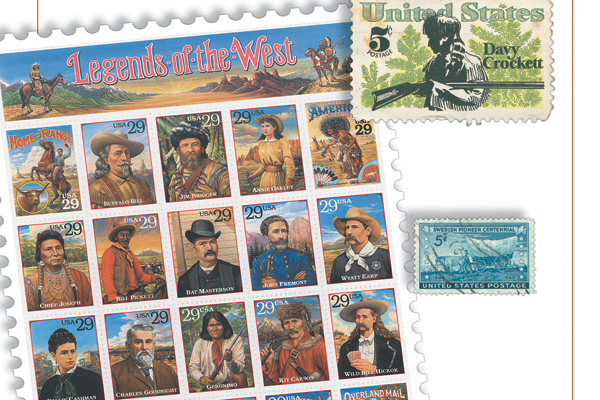 The West was still wild around the edges when a bit of it was captured on a stamp set commemorating the Trans-Mississippi Exposition, held in Omaha, Nebraska, in 1898.
The West was still wild around the edges when a bit of it was captured on a stamp set commemorating the Trans-Mississippi Exposition, held in Omaha, Nebraska, in 1898.
Most of these stamps showed the disappearing Old West: Indians hunting buffalo, daring explorers, lone prospectors and settlers in covered wagons. Except for one showing the 17th-century Jesuit missionary Jacques Marquette exploring the Mississippi, the scenes were still within living memory. Since then, American stamps have pictured many of the people, wildlife, landscapes, folklore and legends of the old and new West.
Silent ambassadors on national taste
Until a few pictorial commemoratives appeared during the 1890s, American stamps were usually portraits of presidents, statesmen and Civil War generals. Subjects gradually expanded over the years to include art, popular and folk culture, nature and noteworthy individuals from varying walks of life.
The number of stamps released each year really took off during the administration of Franklin D. Roosevelt, a stamp collector who took an active interest in stamp designs. He once told the American public that “Stamp collecting dispels boredom, enlarges our vision, broadens our knowledge, makes us better citizens and in innumerable ways, enriches our lives.” From the East to the West, stamps began blessing many envelopes with history lessons.
The “Comstock Lode”?of Western stamps was the 1993 “Legends of the West”?sheet (p. 38), a set of 20 stamps celebrating Western history and culture. The set is ranked fifth among the most popular U.S. stamps, beneath numero uno Elvis Presley, then Wildflowers, Rock & Roll/Rhythm & Blues and Civil War, but above Marilyn Monroe and Bugs Bunny.
Some of the best-known figures of the frontier, such as Wyatt Earp, Bat Masterson, Wild Bill Hickok, Jim Beckwourth and Jim Bridger, made their first American stamp appearance in this set. Even though Jesse James, the Dalton Gang and Butch Cassidy were just as famous, their careers as bank robbers will probably keep the post office from issuing their stamps.
Sticking ’til it gets there
So, what about stamps that were actually used in the Old West??The world’s first postage stamp was printed in Great Britain in 1840 (the one-cent stamp depicted Queen Victoria and was nicknamed the Penny Black). The first two U.S. stamps were issued July 1, 1847:?the five-cent red brown pictured Benjamin Franklin, the first U.S. postmaster general; and the 10-cent black showed George Washington. Before stamps, letter postage was prepaid in cash at the post office, unless the letters were sent collect. This practice continued for years after 1847 because stamps remained in short supply outside of the cities.
From 1873-79, the United States printed special stamps for government agencies to use on their mail. Stamps emblazoned with “War Dept.”?carried official mail to and from frontier army posts. The stamps were declared obsolete in 1884. Private carriers, including the Adams Express and Wells, Fargo & Co., also issued stamps to be used in addition to U.S. postage stamps on mail the companies carried. California began printing state revenue stamps in the 1850s, followed by Nevada in the ’60s. During the Klondike Gold Rush in 1902, the Yukon Territory also issued revenue stamps. A number of Canadian postage stamps depict Western landscapes, people and historic events, as well.
New commemorative stamps come out frequently, so keep an eye out. Raconteur T.R. Coggershall said stamp collectors “always believe, like the old prospector, that the ‘big strike’ is just over the hill, or the next, or the next.”
David A. Norris studies the West from back east in North Carolina.
Photo Gallery
Stamps marked the centennial of the California Gold Rush in 1948 (top left) and the centennial of California statehood in 1950 (top right).
Some stamps of the then U.S.-controlled Canal Zone also commemorated the California gold rush, highlighting the role that Panama played in conveying gold-seekers by sea. These 1949 stamps (two on the left) show travelers on the Chagres River in Panama. A 1955 stamp (right) marks the centennial of the first transcontinental railroad, the 47-mile Panama Railroad, which linked the Caribbean Sea with the Pacific.
An outbreak of post office burglaries in Kansas and Nebraska prompted the U.S. Postal Service to issue special stamps for those states in 1929. Stamps ranging from a half-cent to 10 cents in value were overprinted with the letters “Kans.” or “Nebr.” The stamps were valid for postage anywhere, but they could be sold only in their respective states; this was supposed to make it harder for criminals to resell stolen stamps. Oddly enough, counterfeits of these overprints have been added to ordinary stamps to swindle collectors. The overprints were not considered successful and were soon dropped.
Later, Indian-themed stamps honor famous individuals, such as (from top to bottom) Red Cloud, Sitting Bull and Sequoyah.
Early American Indian stamp images were romanticized, such as the four-cent stamp from 1898 (top right) and this 14-cent stamp from the 1920s (above).
– All images courtesy David A. Norris –
The 75th anniversary of the transcontinental railroad was marked with this 1944 stamp. The post office dropped the ball and missed the centennial in 1969.
The 1940 Pony Express stamp (top) may be the nation’s only 80th anniversary stamp. The venture’s centennial was celebrated with the stamp immediately above.
Santa Fe’s Palace of the Governors appears on two commemorative stamps: a 1955 definitive (“regular postage,” non-commemorative) stamp (top left); and the 1946 stamp of Stephen Watts Kearny’s 1846 expedition (top right) that claimed New Mexico during the Mexican War.
The 1853 Gadsden Purchase may not be the most exciting event in Western history, but it finalized the familiar shape of the lower 48 states. Its centennial is celebrated on this three-cent postage stamp.
John Wesley Powell shoots the rapids on the Colorado River in this 1969 stamp (below left). Sacagawea makes her first appearance on a stamp in 1954 (below right).
Territorial centennials also inspired stamps, such as these (from top left, clockwise) for Nebraska, Oregon, Texas and Kansas.
Multicolor printing had become common on U.S. stamps by 1962 when Arizona and New Mexico reached the half-century mark as states. New Mexico’s stamp (above) shows the geological formation of Shiprock, whereas the Arizona stamp (right) depicts a flowering saguaro cactus.
In 1939, the post office killed four birds with one stone (make that four states with one stamp) by economically combining the 50th anniversaries of statehood for North Dakota, South Dakota, Montana and Washington on a single stamp.


